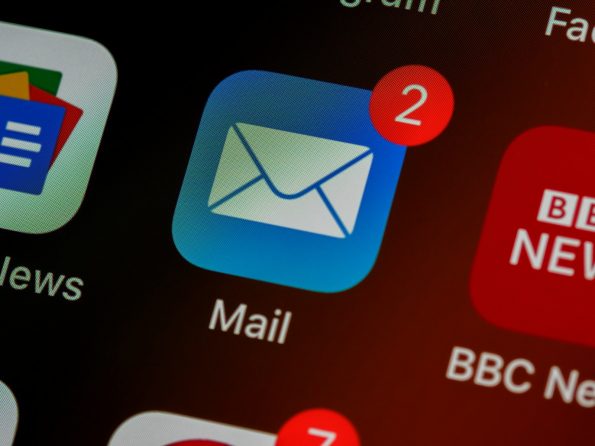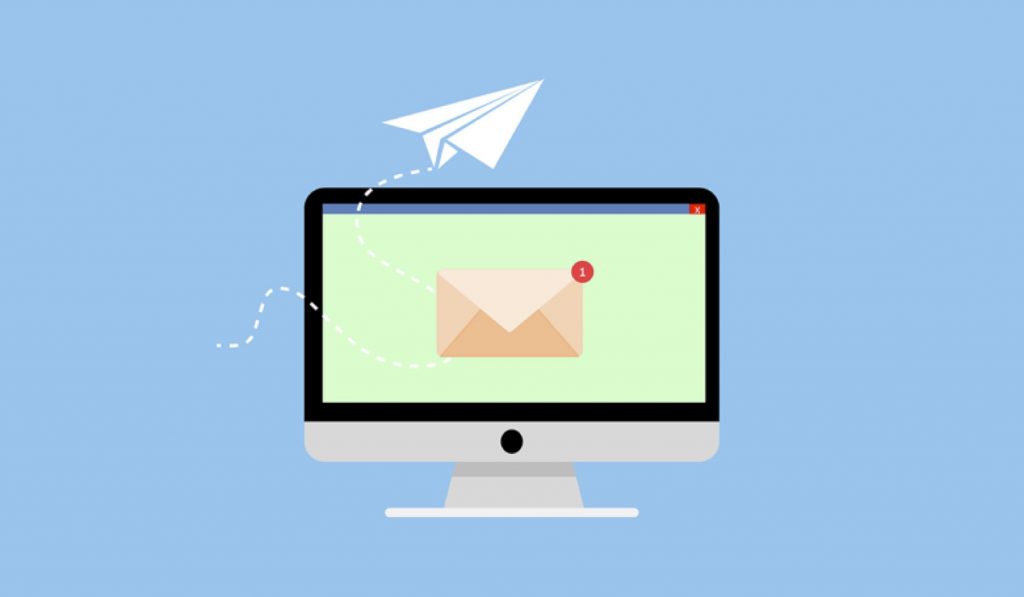The Hidden Power of Newsletters: Here’s Why You Should Start One
Newsletters aren’t a new concept. They have been around for ages, and entrepreneurs merely adopted them into the digital world.

Source: Unsplash
If you have ever ventured into the productivity-aesthetic sections of the internet, you would be somewhat familiar with newsletters. Everyone from Dan Koe to Justin Welsh runs newsletters, and honestly, they seem like a lot of effort.
Why are people creating and sending them out every week or two? If there’s one thing we know for sure, it’s that with business, if things don’t provide value of some kind, they are binned. There must be a reason for entrepreneurs to still use newsletters, right?
Well, there are actually several good reasons newsletter marketing works! In this article, let us look at three of them.
1. Email, Email, Email!
Emails seem like an outdated aspect of the internet. When everyone communicates through instant messaging platforms, emails feel like something only used for formal communication.
Thus, it’s easy to overlook how powerful an email address is. Data shows that for every dollar you spend on email marketing, the returns can be as high as forty-two dollars. It’s an extremely powerful tool that needs more attention.
However, the biggest reason that newsletters exist is to simply acquire email addresses. Once you have someone’s email, you have a direct line of contact with them. Think about it. People are far less likely to give you their phone numbers or IM platform usernames. However, emails? Sure! Why not?
To put it crudely, your newsletter is bait. You put something of value in it for free that people want. Depending on your niche, this could be anything. It could be a PDF of useful information, templates, or mini guides.
When you put these behind a soft barrier, such as an email requirement, people rarely think twice about giving you their email addresses. Of course, you want to keep your newsletters interesting with useful content to ensure that people aren’t going to unsubscribe the moment they get what they want.
This leads us to our next point.
2. Newsletters Are One of the Best Sales Funnels
Okay, so you have managed to find and hold a considerable number of people with your newsletter. You are starting to get some feedback about how helpful X aspect was or how they implemented the Y aspect and had a lot of success. This is perfect. Your audience now trusts you as a good authority source in your niche.
However, while you can definitely continue to give out free value in your newsletters, you have to make up for it somewhere else. This is where you start to use newsletter marketing as a sales funnel.
What you are funneling to depends on your niche. It could be an online course, a book, a product, or a service. It doesn’t really matter. This is something that people won’t get for free, but you aren’t going to make that the focal point. No, in your newsletter, you would offer an exclusive discount or offer to your subscribers.
A lot of entrepreneurs would prime the introduction of such discounts with a message. This would convey that if you have been enjoying the content, you would definitely find “product/service” extremely valuable.
Remember, your subscribers already see you as a trustworthy authority, considering the value you have given them in the past.
Now, all you need to do is provide a link that directs them to your website, where you can sell your product/service.
However, don’t let the discomfort of starting a website stop you though. You can make them pretty easily these days with AI-assisted options like Hocoos.
Gone are the days when you had to spend lots of time and resources in finding a good web developer and designer. You can now simply answer a few questions about the kind of functionality and aesthetics you want and then choose what appeals to you. It’s simple enough that even a child could do it.
3. The Perks of a Pre-engaged Audience
Now you might be wondering why all this can’t be achieved through other means. Why is a newsletter more effective than sharing a product link on social media? Well, the obvious factor is that people really hate being sold to. The moment people see any sort of promotional link, they lose interest. It’s tough, but that’s reality.
Even newsletters aren’t immune to this, which is why it’s worth studying the language used in successful ones. They are very careful not to be pushy or obnoxious. However, it is still far easier to promote something in a newsletter for one key reason.
Your audience has given conscious consent to receive content from you. They gave you their email addresses and signed up to hear from you. The fact that you ensure that each communication from your side gives them value means that your audience is invested and engaged with you on some level.
This means that when you eventually start to offer promotional offers, it isn’t as distasteful. Your audience might even be like, “Hmm, let me check out what this is all about.” Getting people to this level is the main battle behind most marketing efforts, and newsletter marketing is a great method.
Going Forward
In conclusion, if you are an entrepreneur or business with an interest in engaging with your customers at a deeper level, consider newsletters. It’s worth noting that there are good and bad newsletters.
If you intend to try this newsletter marketing method, you probably want to spend some time learning about what makes for a well-crafted publication.

